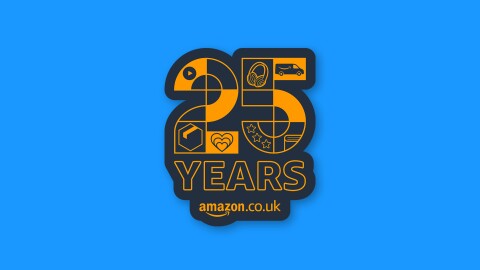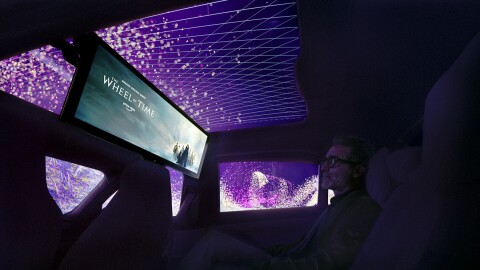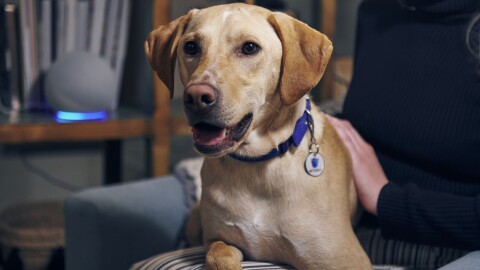Millions of cyclists will now be able to provide feedback on whether cycle routes are adequate for social distancing – thanks to an app built on AWS.
Cycling technology and data insight company See.Sense produces innovative AI-enabled bike lights that give cyclists more visibility on their ride, while also providing cities with more information about their roads. It has already piloted partnerships with local authorities across Europe to provide insights that are helping to determine the layout and design of future cycling infrastructure.
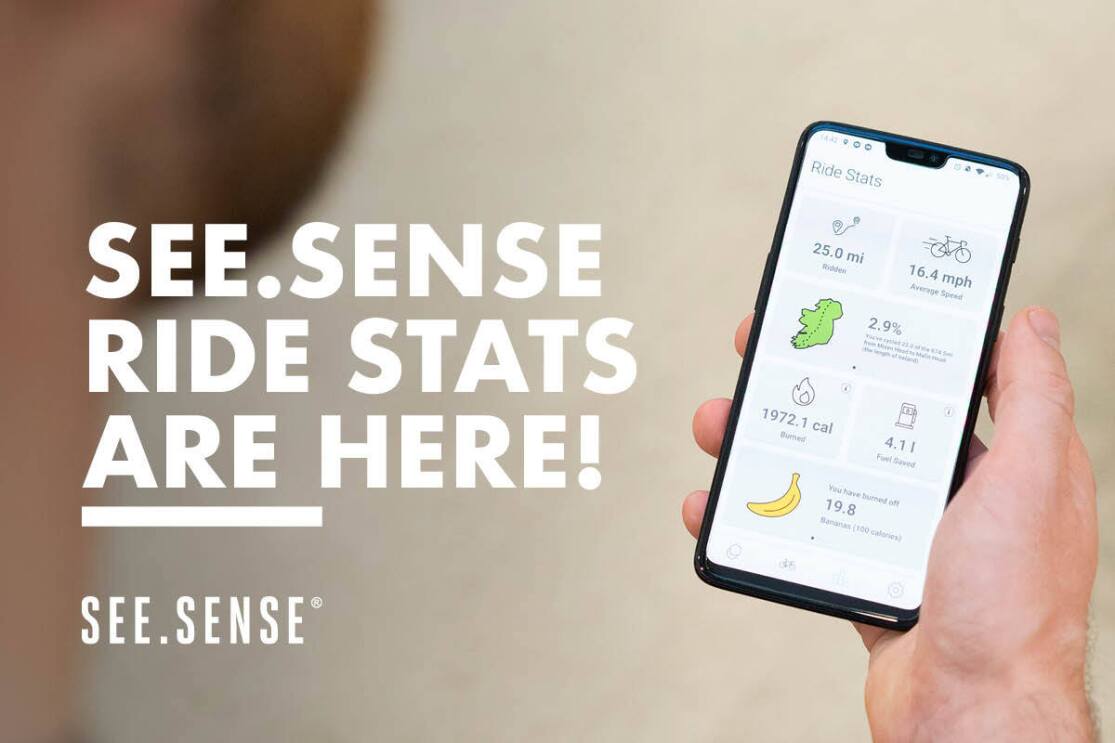
See.Sense is now lending its technology to support the response to the COVID-19 crisis. It has developed a new app feature called ‘Infrastructure Request’ which will allow all cyclists, no matter where they are, to provide anonymised insights on the suitability of cycling infrastructure for social-distancing measures.
City planners and local authorities will be able to access free reports for their location, simply by registering online.
Safe cycling in the era of social distancing
Co-founders Irene and Phil McAleese are calling on millions of UK cyclists to download the free app and use the feature to report on their experience of cycling in their town or city.
To help local authorities integrate social distancing into their plans, users will be able to report on six key factors:
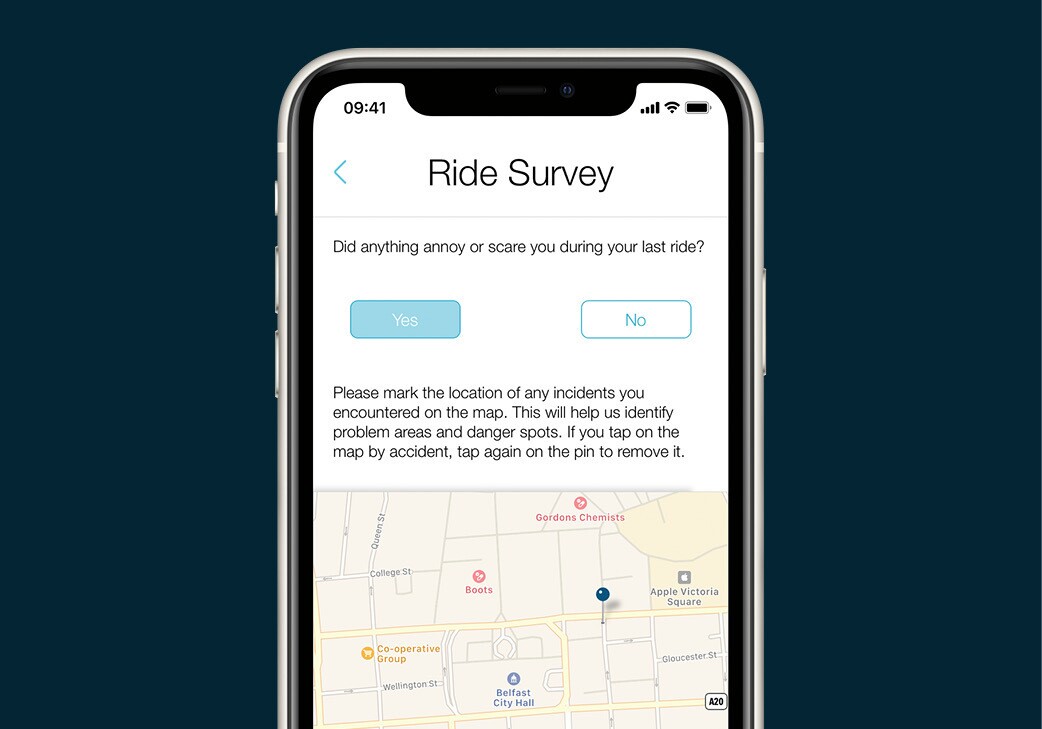
- Space: where to add more width to improve cycle flow and ensure safe distance
- Separation: where to add infrastructure to separate cycle and motor traffic
- Parking: where to add cycle parking
- Timing: where to improve traffic signal timing to reduce delays and prevent queuing
- Calming: where to add measures to reduce motor traffic speed
- Closures: where roads should close to through traffic to stop rat-running
After their ride, users can go into the See.Sense app and choose one of the categories to report on.
Users can then drop a pin in the location where, for example, they noticed a need for more separation. There is also a free-form text box to add more detailed commentary. All data and feedback collected by cyclists will be visualised on the See.Sense website for anyone to explore, and for local authorities to use in their infrastructure planning process.
The new feature was developed in collaboration with leading transport academic Professor John Parkin, to ensure users collect the most valuable forms of data for city planners.
Plans for greener, cleaner cities
Cycling was already hugely popular in the UK, and the COVID-19 crisis has accelerated that trend as more of us hit the road to keep active or to get around during the lockdown. Cycle-to-work schemes saw a 200% increase in popularity among people working for emergency services, and many bicycle retailers have reported a jump in sales.
User-generated information could prove to be invaluable as major cities around Europe prepare to adapt their existing infrastructure to be greener and more bike-friendly in response to the crisis.
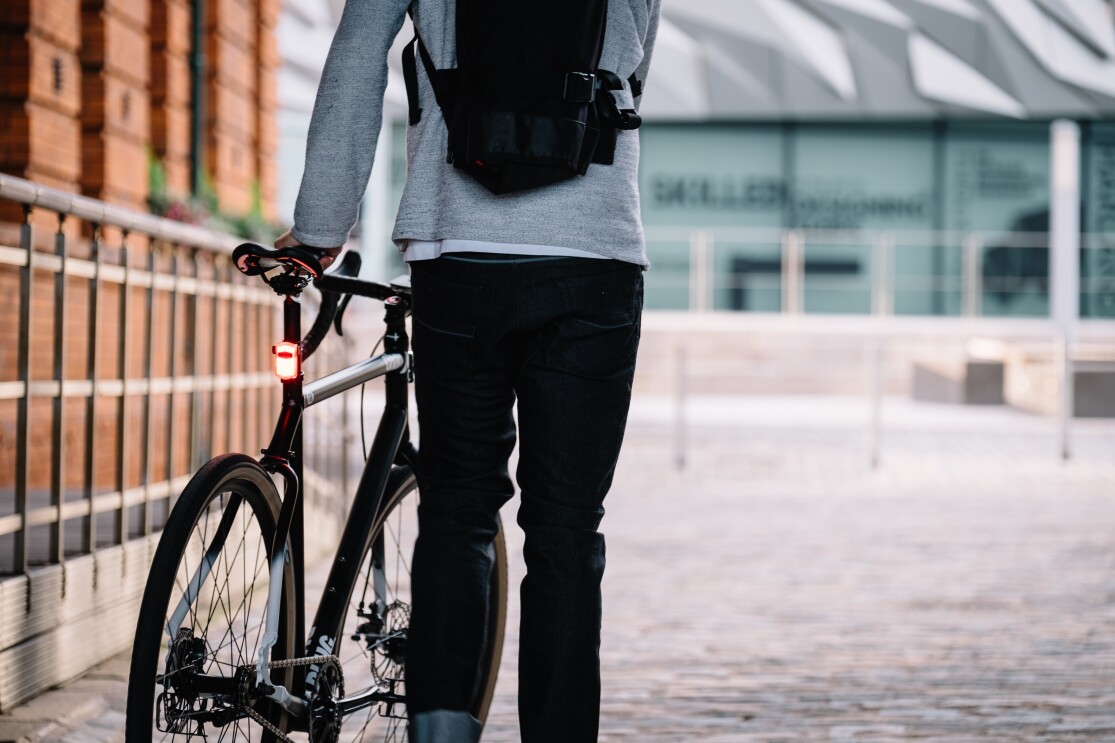
In Milan, for example, the city has already announced ambitious plans to reduce traffic and pollution by converting more than 35km of streets into pedestrianised space.
The UK government has now announced a £2bn package to create “a new era for cycling and walking” and to relieve the pressure on public transport. It is expected that the measures will include pop-up bike lanes with protected space for cycling, wider pavements, safer junctions, and cycle and bus-only corridors.
See.Sense co-founder Irene McAleese explains how user-generated data could play a key role in where the government’s new funding package is allocated: “With more people taking up cycling than ever before, we’re delighted that the government is making resources available to improve conditions for cyclists, from the quality of the roads to the need for adequate social distancing.”
“This is a great opportunity for the thriving cycling community in the UK to come together and help make our cities safer, cleaner and more enjoyable places to cycle and walk. That’s why our app is free to everybody who wants to contribute to this effort.”
Irene adds: “We understand that city planners and local authorities need robust evidence and a data-led approach when applying to receive additional government funding for cycling infrastructure in their local area. Previously, that data might have been incomplete or anecdotal because there was no established way of gathering cyclist data.”
“We want to use our technology to make a positive impact, especially in response to COVID-19, which is why all planners and local authorities will be able to request free reports for their area simply by registering online throughout the summer.”
Built on AWS
The Infrastructure Request feature builds on the app’s existing ride survey function that allows cyclists to participate in specific local authority projects by reporting on issues such as potholes, near-misses, collisions and obstructions. This feature is now open to all cyclists anywhere in the country, not just customers using See.Sense bike lights.

See.Sense were able to build the new feature in less than two days, thanks to the data lake they had already built on AWS, which can accommodate and protect many different types of data.
The company’s intelligent bike lights connect via a low-energy Bluetooth to the free companion app on a user’s smartphone. The lights’ in-built bare metal edge processing monitors their environment 800 times per second and sends feedback on factors such as road surface, braking, swerving and collisions.
Processing a high volume of data at speed requires a lot of computing power, which is one of the reasons why See.Sense decided to build on the AWS cloud. This also provided a world-class layer of data security.
The scalable, flexible data lake See.Sense has built on AWS enables the company to scale up easily and cost effectively as the company ingests more and more data. In the last year alone, See.Sense has processed nearly 32 billion (31,922,915,700) sensor readings and 1,531,100 km of cycling.
See.Sense also benefited from the AWS Activate Programme, which makes credits, mentoring, technical support and a range of resources available to start-ups for free.
Find out more about how See.Sense has used AWS to scale and grow its business worldwide.




